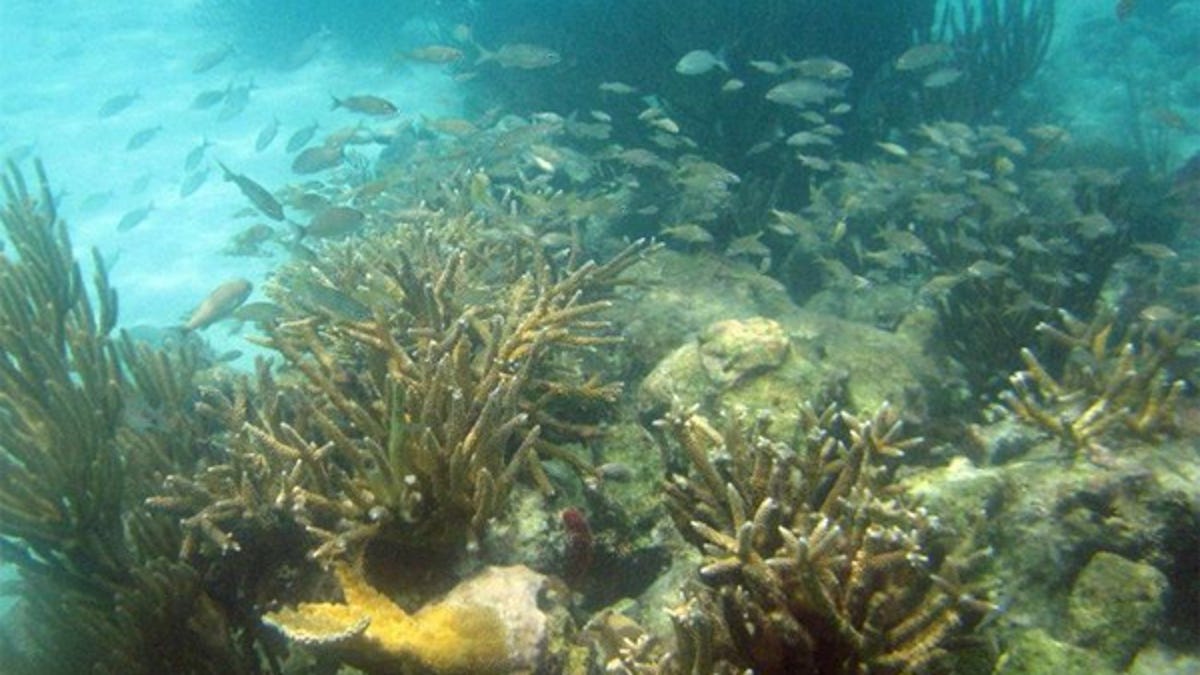Underwater Coral-bots to repair the world's dying reefs
A new Kickstarter campaign hopes to fund autonomous underwater robots that will repair dying coral reefs.

A dying reef in Belize.
(Credit: Coralbot Team)
A new Kickstarter campaign hopes to fund autonomous underwater robots that will repair dying coral reefs.
Head underwater at the Great Barrier Reef with Google Maps, and you'll notice something deeply saddening: instead of the vividly coloured corals you would expect, vast swathes of the reef are dull brown — dying, thanks to pollution, fishing and climate change. This is a situation repeated the world over, with 20 per cent of the world's reefs dead, and another 50 per cent under immediate threat.
Although coral reefs, when left alone, can regenerate, those closer to human habitation aren't so lucky. It seems hopeless; short of drastic intervention, such as the cessation of fishing and dropping waste into the sea, how on earth could we combat this?
Humans have been trying to help. Fragments of Hope is a coral nursery in Belize, where divers swim down and plant pieces of healthy coral in the dying reefs to speed up the recovery process. However, this work is painstaking and slow, and — perhaps most pertinently — subject to the limitations of the human body. There are places where humans cannot dive, and human endurance, after all, has a limit.
The Coral-bot Team from the UK has proposed that robots go where humans cannot tread. The team has designed and built a series of robots that could autonomously navigate the depths and continue the work of planting coral.
Coral-bots are a team of robots that intelligently navigate across a damaged coral reef, transplanting pieces of healthy corals along the way. The big job of developing and testing the robots at sea has already been done. All that remains is to embed the robots with computer vision to "see" healthy bits of coral, and configure appropriate manipulator arms for each robot to pick up and put down the pieces in the right spots.
With funds collected through Kickstarter, the team would be able to complete the robots' arms, and conduct a live test of the robot in a public aquarium in the hope of receiving public funding for deployment of the project.
The team is asking a relatively small amount from Kickstarter — US$107,000 — and hopes to have the demonstration robots completed in six months' time. Longer term, it plans for the Coral-bots to be deployed in October 2014. This isn't a Kickstarter project that will put an item in your hands; rewards are limited to your name engraved on the Coral-bots or, at the highest tier of US$5000, have one of the robots named after you.
We rather think, though, that helping to save the world is reward enough. You can find the Kickstarter page here.
Via www.gizmag.com

